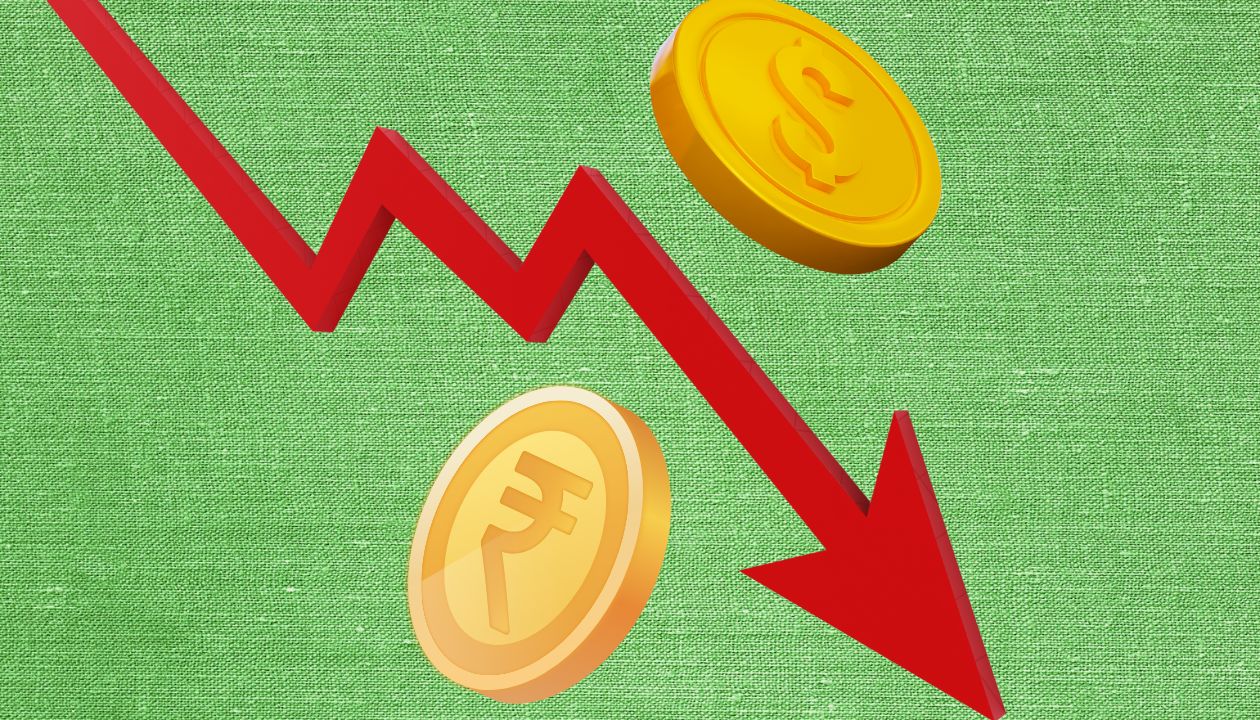The Indian Rupee rate has slid by about five percent by mid-July 2022 since January. The Indian Rupee now hovers around Rs.80 per US Dollar, depending on daily swings in the international financial market.
One of the greatest reasons for the fall of the Indian Rupee has been the Ukraine-Russia war, without a doubt. Most global currencies are being affected by the ongoing armed conflict that shows no signs of an early end. While the Russians are unwilling to retreat, the Ukrainians are more determined to repulse the invasion.

This factor, combined with the recent upwards revision of the Repo rate by the Reserve Bank of India clearly sends signals that the woes of the Indian Rupee- and the Indian people- are far from over.
Furthermore, foreign companies have pulled out some $14 billion from Indian equity markets so far. Others have scaled back their operations in India or postponed their plans to enter this market.
While these factors are mainly decided on global grounds, they surely have an impact on India. Let’s, therefore, see what does the weakening Indian Rupee mean for you. And how it is directly affecting our daily lives in India.
The greatest impact on the lives of every Indian is surely fuel prices. Given the vast expanse of India, the country depends heavily on road and rail transport for its logistics, including for food grains and other produce.
As fuel goes pricey, transportation costs are on the rise. Obviously, wholesalers will pass the entire burden to consumers. This means, higher food prices. Your grocery basket will continue costing more.
The second greatest impact will be felt on Indians that plan to buy new mobile phones, electronic gadgets and vehicles during the coming months. The higher prices of the US Dollar are sending the prices of imported gadgets and vehicle parts soaring through the roof.
While a lot of electronic gadgets and vehicles are made in India, most depend on imported components. The prices of these components are higher now due to the weakening Indian Rupee and higher cost of logistics.
Another segment of Indians that’ll be most affected includes first-time home buyers and existing homeowners who plan to repair or renovate their premises.
Higher fuel prices directly impact the cost of cement and other construction material. These lead to an overall increase in construction costs.
Hence, first time home buyers can expect to cough up significantly more money for their dream house or apartment in 2024 compared over previous years. The cost of construction materials also affects homeowners looking at renovating their premises.
Not to be forgotten are the 1.32 million Indian students studying abroad. In early 2022, some 133,000 Indian students left for their studies abroad.
Weakening Rupee means parents would have to remit more money to their kids studying abroad. The cost of living in countries such as the USA, UK, Australia and Canada has also risen exponentially due to the current global scenario.
This means parents have to send more money to sustain their children studying abroad.
While there’re no quick-fix solutions for the decline of the Indian Rupee, it could prove well worth waiting to see if the Rupee makes any gains and brings prices marginally down in future.









